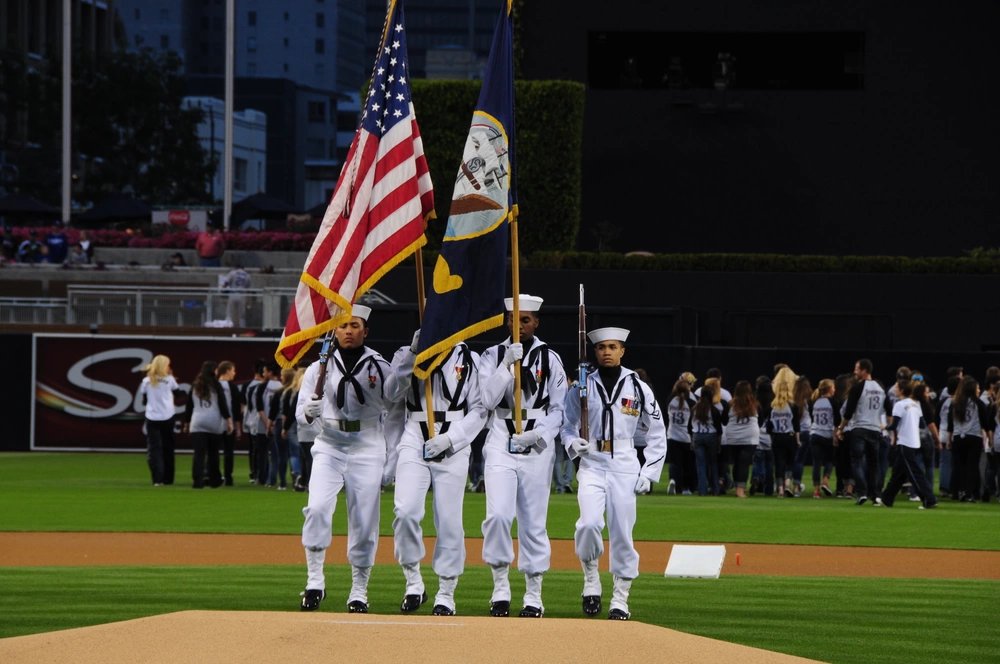On May 15, 1862, the national anthem was played at the inauguration of the Union Base Ball and Cricket Grounds in Brooklyn. Of course, the song wasn’t the national anthem at the time and was played as a patriotic tune in the midst of the Civil War. The band commenced the proceedings with “The Star-Spangled Banner” and continued to play at intervals throughout the opening game. After this, the song was played at baseball games throughout the rest of the 19th century, but only on opening day. It was over 50 years later, during another horrific war, that the future anthem became forever connected to baseball.
The 1918 World Series saw Babe Ruth and the Boston Red Sox taking on the Chicago Cubs. Meanwhile, across the Atlantic, American troops were fighting tooth and nail in the muddy trenches of Western Europe. In addition to the daily names of war dead in the papers, September 4 saw Game 1 in Chicago rained out as well as a deadly bombing by the radical Industrial Workers of the World labor union at the Chicago Federal Building. The next day wasn’t much better; the weather was still unfavorable and the Cubs were playing poorly.
The crowd of just over 19,000 was unimpressed by the game, with one New York Times reporter recalling that the people in the stands were yawning. The mood at Comiskey Park completely changed during the seventh-inning stretch, however, when the band started to play “The Star-Spangled Banner”. Though it was still 13 years off from becoming the national anthem, the song was familiar to most American ears and ignited a surge of patriotism in the crowd and on the field.

All the ballplayers took off their caps and faced the flag save for one. Red Sox third baseman Fred Thomas was an active-duty sailor on furlough from Naval Station Great Lakes to play in the World Series. Thomas kept his cap on, snapped to attention, faced the flag and rendered it proper honors with a crisp salute. Thomas’ actions inspired the rest of the stadium as the crowd sang along, reinvigorated with patriotic fervor.
The Navy band played the song again during Games 2 and 3 in Chicago. The wave of patriotism followed the Series to Boston and Fenway echoed to the sound of “The Star-Spangled Banner” during Games 4, 5 and 6. Wounded troops in the crowd, returned from the frontlines, were cheered by the people around them who helped them to their seats; some troops were even given seats and carried to them. The Red Sox won the Series 4-2, but the song won the hearts of a war-weary nation.
Over the next two decades, the song became a regular occurrence in baseball as well as hockey and football. In 1931, “The Star-Spangled Banner” became the official national anthem, playing in newsreels before feature films in movie theaters. During WWII, all but one Major League club was playing it before the start of every game, with the Cubs being the lone holdout for over 20 years. Following the war, the anthem became something that people expected and insisted on before a game of any sport.

While the national anthem in sports originated as a show of support, it has also been used as a platform for protest. From the 1968 Mexico City Olympic Black Power protest to today’s Black Lives Matter movement, demonstrators have used the anthem as a challenge to the state of the country.
While people’s actions during the anthem remain a subject of debate, “The Star-Spangled Banner” persists like the flag for which it’s named and continues to be played before the start of sporting events across the nation.


